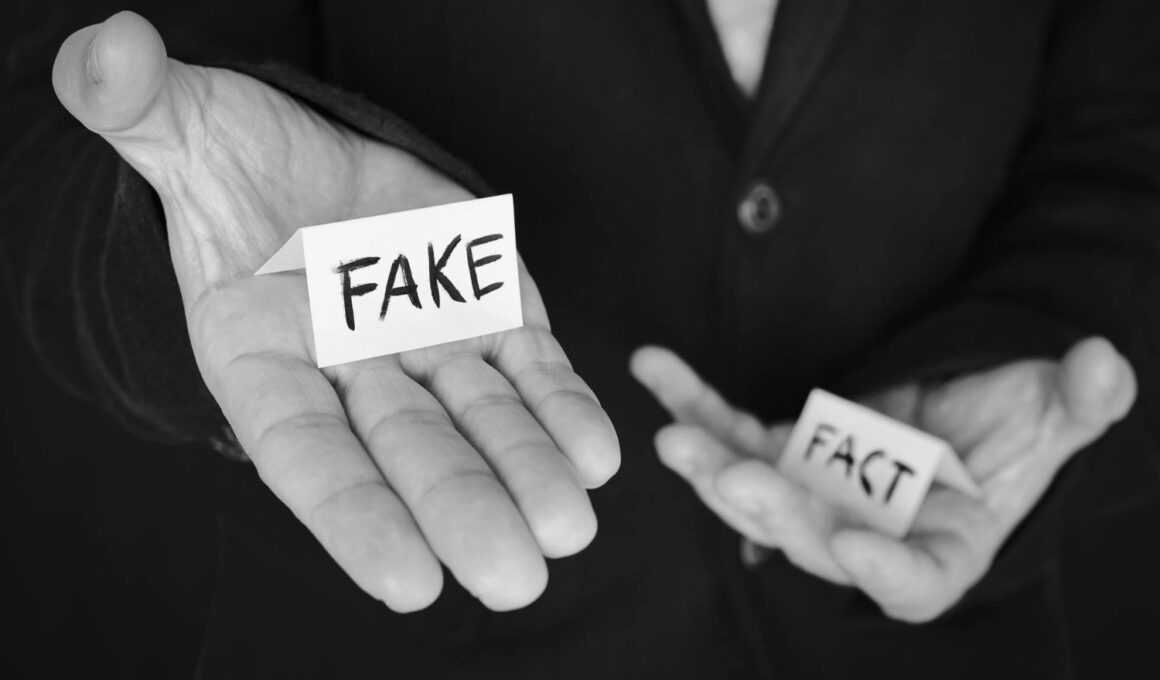As technology advances, so does the sophistication of deepfake technology, making it increasingly challenging to discern between real and manipulated content. Deepfakes are artificial intelligence-generated content that involves superimposing or manipulating existing images or videos to create convincing yet entirely fabricated material. These sophisticated algorithms use deep learning techniques to mirror real people, and alter facial expressions, voice, and elements, often with the intention of deceiving or misleading viewers. Here are six methods to help you identify deepfakes and protect yourself from falling victim to synthetic deception.
1. Facial Anomalies
Deepfakes often struggle to replicate natural facial expressions and movements convincingly. Look for unusual head turns, awkward lip sync, or discrepancies in facial features. Genuine emotions and subtle movements are challenging for deepfake algorithms to replicate flawlessly.
2. Inconsistencies in Audio
Pay attention to the audio quality and consistency. Deepfake algorithms may produce unnatural intonations or misalign lip movements with speech. If something sounds off, it’s worth scrutinizing the audio further to identify potential manipulation.
3. Unnatural Gaze
Deepfakes often struggle with realistic eye movements. Look for instances where the gaze seems unnatural or out of sync with the rest of the face. Eyes are challenging to manipulate realistically, and discrepancies in movement can be indicative of a deepfake.
4. Hair and Clothing
Deepfake algorithms may struggle with intricate details like hair strands and clothing textures. Inspect these elements for distortions, pixelation, or inconsistencies. Artificial intelligence often has difficulty replicating the subtleties of natural hair and fabric movements.
5. Contextual Incongruities
Check for inconsistencies within the context of the video. Deepfakes may struggle to accurately place the manipulated subject within a realistic environment. Look for mismatches in lighting, shadows, or reflections that could reveal the synthetic nature of the content.
6. Cross-Verification
When in doubt, cross-verify the content with authentic and trusted sources. Compare the video or audio in question with known footage or recordings of the individual. If the content deviates significantly from the established norm, it raises suspicion and warrants a closer examination.
Staying vigilant and adopting a critical mindset is crucial with the growing challenge to identify deepfakes. By employing these methods, you can enhance your ability to identify manipulated content and safeguard yourself against the potential consequences of synthetic deception.









